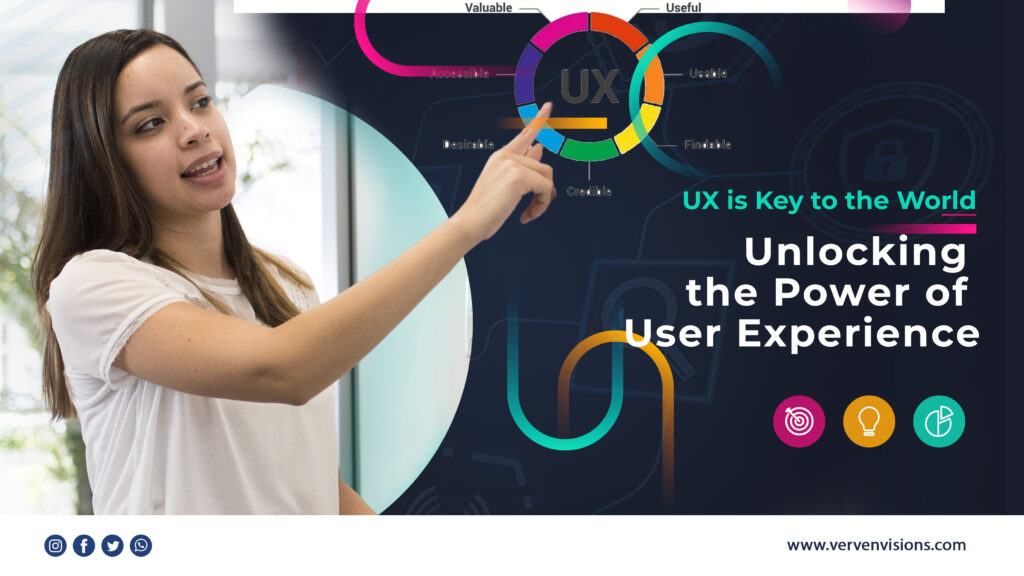UX for Everyone
Introduction:
In today’s digital age, user experience (UX) plays a vital role in the success of any product or service. However, to truly create impactful and meaningful experiences, it is essential to design with inclusivity and accessibility in mind. UX for everyone goes beyond aesthetics and functionality—it is about ensuring that people of all abilities, backgrounds, and preferences can effortlessly engage with and enjoy digital products. In this blog, we will explore the importance of inclusive UX design and provide practical tips for creating user experiences that cater to everyone.
Understanding Inclusive UX:
Inclusive UX aims to remove barriers and provide equal opportunities for all users. It involves considering the needs of people with disabilities, language barriers, cognitive differences, and varying technological literacy levels. By adopting an inclusive approach, designers can enhance usability, broaden their user base, and foster a sense of belonging.
Know Your Users:
To create inclusive UX, it is crucial to have a deep understanding of your target audience. Conduct user research, gather feedback, and engage with diverse groups to identify their specific needs and pain points. This process will help you uncover valuable insights that can inform your design decisions.
Prioritize Accessibility:
Accessibility should be a fundamental aspect of your UX design process. Consider guidelines such as the Web Content Accessibility Guidelines (WCAG) to ensure that your digital product is perceivable, operable, understandable, and robust for users with disabilities. Implement features like alternative text for images, clear navigation structures, adjustable font sizes, and keyboard-friendly interactions.
Clear and Consistent Communication:
Effective communication is vital in UX design. Use simple and concise language that is easily understandable for a wide range of users. Avoid jargon and provide clear instructions and feedback.
Consistent and Intuitive Design:
Consistency in design elements and interactions helps users navigate your product seamlessly. Create a clear visual hierarchy, use intuitive icons and symbols, and ensure that your interface is easy to understand and interact with, regardless of the user’s background or familiarity with technology.
Empathy-Driven Design:
Developing empathy for your users is at the heart of inclusive UX. Put yourself in their shoes and understand their challenges, needs, and goals. Incorporate user personas and empathy maps into your design process to ensure that you are addressing real user problems and creating experiences that resonate with them.
Test and Iterate:
Usability testing is crucial for identifying usability issues and understanding how users interact with your product. Conduct tests with diverse user groups, including people with disabilities, to gather valuable feedback and insights. Iterate based on this feedback to refine and improve your UX design continually.
Conclusion:
Creating UX for everyone is not only a moral imperative but also a strategic advantage. By designing inclusively and considering the diverse needs and preferences of users, you can create products that are more engaging, user-friendly, and accessible to a broader audience. Remember that inclusive design is an ongoing journey that requires empathy, research, and continuous iteration. By embracing this approach, we can build digital experiences that truly empower and delight all users, regardless of their abilities or backgrounds.




